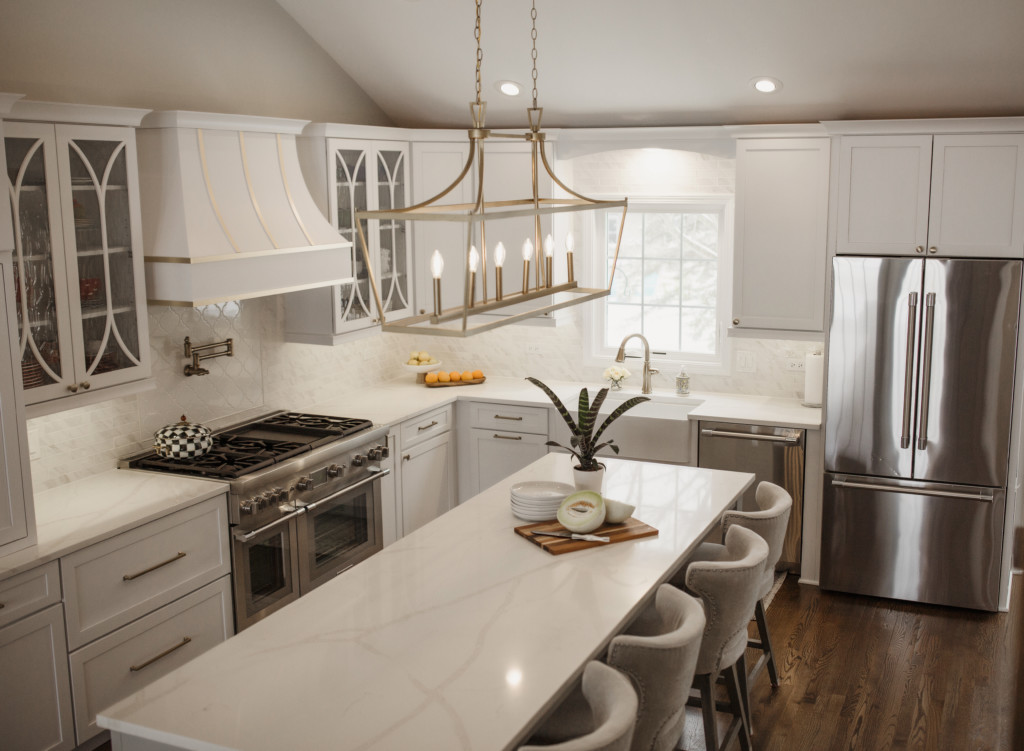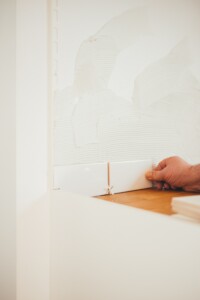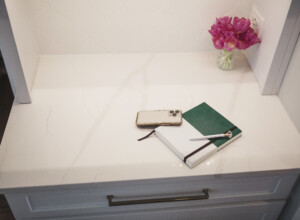When it comes to sprucing up your client’s home, you may have heard the terms “interior decorator” and “interior designer” used interchangeably. While these two professions may seem similar, there are actually significant differences between them. Generally speaking, interior decorating focuses on aesthetics, while interior design incorporates the function, as well as the look and feel of the space. Both of them are valuable in their own unique ways, but knowing the difference between them will help you be a more informed designer.
What is an Interior Decorator?
Interior decorating is transforming a space from its existing state to one that is more visually appealing. Interior decorators add furnishings and decorative elements to improve a space. This may include adding accessories, wall coverings, artwork, rearranging furniture, placing rugs, and adding window treatments.
What is an Interior Designer?
Interior Design is a more specific, approach to changing the space in the home. Often taking the art and science of clients’ personalities, into account as well as considering the function of the space in addition to how it looks. An interior designer often has a degree in either design, interior architecture, or both. They may also have a license having passed their state exam requirements.
Differences Between Interior Decorating and Interior Design
Interior decorating and interior design are two related but distinct professions. Interior decorating involves creating a visually pleasing environment. Interior designers, on the other hand, are more focused on the function of a space in addition to the aesthetics.
Educational background + professional credentials
Interior decorators often are self-taught, or simply have an eye for design. You can be an interior decorator with no formal education. You often cannot charge as much for your time as those that have a degree.
To become an interior designer, a bachelor’s degree is often required. Coursework includes design, lighting, drawing, and CAD (computer-aided design) training. Many firms will require this degree to hire you as an interior designer.
Scope of work
Interior decorators often take on projects involving paint color choice, accessorizing, and furniture selections.
Interior designers are able to take on more complex projects by being able to understand blueprints, create dimensioned drawings and work closely with contractors.
Knowledge/ skillset/ experience required
It takes a specific eye for design for both of these professions. Both should be good with people and be able to sell themselves and their designs easily. Often both are sole proprietors unless you decide to work for a large design firm in which case you may be less client-facing. Both are creative fields that require a specific skill set.
The Importance of Knowing the Difference
Often the terms are interchanged, but as you can see they are very different. It is important to educate your clients on the difference. Knowing the difference will show your own expertise in the field. Typically interior designers, given they have a degree and larger skill set, often are able to charge more than interior decorators.
I chose to study interior architecture because I wanted to do more than the furnishings, but I did not want to be an architect. Going this route has opened so many more doors for me. Having the knowledge of color theory, CAD, lighting design, and understanding blueprints, have allowed me to work on larger more complex jobs and charge accordingly for my degree, and experience.
Both of these professions can be extremely rewarding and profitable. It is important to know which one you are, educate your clients and market yourself accordingly.
Be sure to follow along on Instagram for more helpful tips for interior designers!












